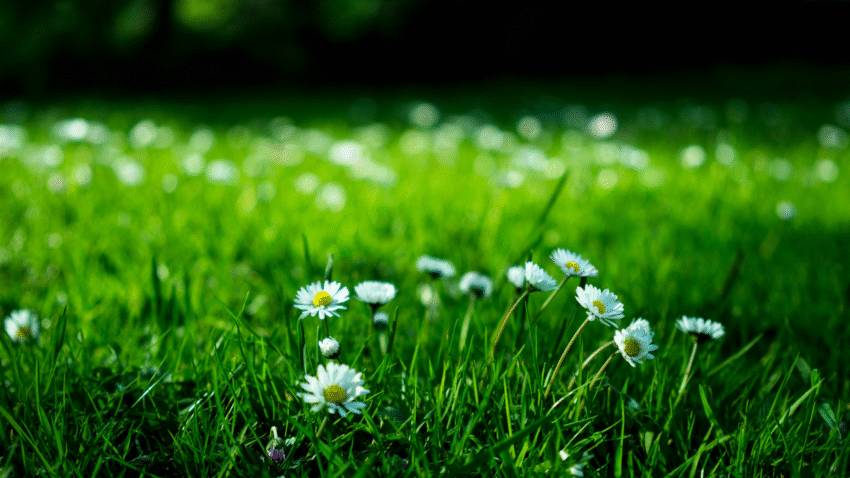Introduction
Worried about keeping your garden alive during scorching heat and watering restrictions? You’re not alone. Learning how to water your garden during a drought is essential for helping your plants survive — and even thrive — when every drop counts. This practical step-by-step guide will teach you water-wise gardening techniques so you can conserve water, keep your soil moist longer, and protect your garden investment during dry spells.
Why Drought-Wise Watering Matters in the Garden
Drought conditions and water restrictions are becoming more common in many areas. Overwatering is wasteful — and underwatering stresses your plants, leaving them weak and prone to pests and diseases. By practicing smart watering strategies, you’ll make every drop count, encourage deep, resilient root systems, and help your garden withstand the toughest dry spells. Once you learn how to water your garden during a drought, you’ll build a healthier, more sustainable garden for years to come.
Step-by-Step Guide to Watering Your Garden During a Drought
Follow these proven steps to keep your garden alive and strong during drought conditions.
1. Water Early in the Morning
Water between 5 a.m. and 9 a.m. when temperatures are cooler and winds are calm.
✅ Less water evaporates.
✅ Soil has time to absorb moisture before heat hits.
✅ Leaves dry quickly, reducing the risk of fungal diseases.
Avoid watering in the heat of the day — most of it evaporates. Evening watering is better than midday, but wet leaves overnight can invite disease.
2. Water Deeply and Infrequently
- Give plants a good soak rather than shallow, frequent watering.
- Deep watering encourages roots to grow downward where soil stays moist longer.
- For vegetables and perennials, aim for about 1 inch of water per week, adjusting for rainfall.
Tip: Use a trowel to check soil depth — if the soil is moist at least 6 inches down, you’re watering deeply enough.
3. Water at the Roots, Not the Leaves
- Use drip irrigation, soaker hoses, or a watering wand to deliver water directly to the root zone.
- Avoid overhead sprinklers — they lose water to wind and evaporation.
- Water slowly so it soaks in instead of running off.
4. Group Plants with Similar Water Needs
- Plant drought-tolerant and water-loving plants in separate zones.
- This lets you focus water where it’s needed most.
- Prioritize food crops, new transplants, and wilt-prone plants during severe drought.
5. Mulch Heavily
Mulching is your drought garden’s best friend:
✅ Retains soil moisture by up to 70%.
✅ Keeps soil cooler.
✅ Suppresses weeds that compete for water.
Apply a 2–4 inch layer of straw, shredded leaves, wood chips, or compost around plants. Keep mulch a few inches away from stems to prevent rot.
6. Build Healthy Soil
Healthy soil holds water better:
- Add organic matter like compost regularly — it improves water retention and soil structure.
- Avoid compacting soil by walking on garden beds — use stepping stones or paths.
- Practice no-till gardening if possible to keep soil structure intact.
7. Use Water-Saving Tools
Consider installing:
✅ Soaker hoses: Slowly seep water directly to roots.
✅ Drip irrigation systems: Targeted watering that minimizes waste.
✅ Rain barrels: Collect and store rainwater for your garden (if permitted).
Investing in efficient watering tools pays off in lower water bills and healthier plants.
8. Shade Vulnerable Plants
Temporary shade can reduce moisture loss:
- Use shade cloth, row covers, or old sheets to protect young seedlings.
- Position taller plants or trellises to provide natural shade for shorter crops.
This helps keep soil cooler and slows evaporation.
9. Weed Regularly
Weeds steal precious moisture and nutrients:
- Pull weeds as soon as they appear.
- Mulch helps suppress new weed growth.
Less competition means your plants get the most out of limited water.
10. Prioritize and Make Tough Choices
When water is severely restricted:
✅ Focus watering on the most valuable or vulnerable plants — vegetables, fruits, young trees, and new perennials.
✅ Let lawns and non-essential ornamental areas go dormant if needed — they can recover faster than your vegetables can.
Common Mistakes to Avoid
✅ Mistake: Watering too often but too shallow.
Solution: Always water deeply to encourage strong roots.
✅ Mistake: Using sprinklers during midday.
Solution: Water in the early morning when evaporation is minimal.
✅ Mistake: Not mulching.
Solution: Apply mulch generously to keep moisture in.
✅ Mistake: Overwatering some plants unnecessarily.
Solution: Group plants with similar needs and prioritize wisely.
✅ Mistake: Ignoring soil quality.
Solution: Keep adding organic matter to help soil hold water longer.
Extra Tips & Garden Hacks
🌱 Reuse Greywater: If local laws allow, use greywater from baths or sinks (free from harsh chemicals) to irrigate non-edible plants.
🌱 Use Ollas: These ancient clay pots are buried in the soil and slowly release water right to plant roots.
🌱 Harvest Rainwater: Place rain barrels under downspouts to save water for the dry months (always check local rules).
👉 Related guide: Check out our article on How to Improve Clay Soil for Vegetables — healthy soil makes every drop of water go further!
Conclusion
Mastering how to water your garden during a drought takes some planning, but the payoff is huge — stronger plants, better yields, and less wasted water. With smart watering techniques, good soil care, mulching, and a few clever tools, you’ll help your garden survive and even flourish during the driest months.
🌿 Bookmark this guide and refer back to it every summer so you can keep your garden resilient, beautiful, and productive when water is scarce!
